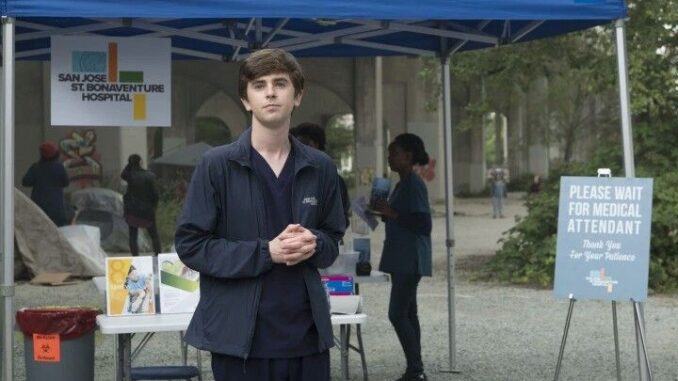
When audiences first met Dr. Shaun Murphy, portrayed by Freddie Highmore in ABC’s The Good Doctor, he appeared to be another young physician striving to prove himself in the demanding world of medicine. But to the more discerning viewer, Shaun is not simply a fictional character navigating the challenges of a hospital. He embodies a broader, urgent question: how do we as a society measure worth, and can we see beyond differences to recognize true talent?
Shaun is a brilliant surgical resident with savant syndrome and autism. His diagnostic skills are extraordinary, his memory photographic, and his empathy surprisingly profound. Yet his journey is not defined by medical achievements alone. Rather, it is marked by the skepticism, prejudice, and outright resistance he faces from colleagues, patients, and administrators who doubt his ability to perform in a high-pressure environment.
This tension is precisely what elevates The Good Doctor beyond the typical medical drama. While other series focus primarily on the adrenaline of the operating room or the intricacies of hospital politics, The Good Doctor asks viewers to confront a deeper issue: Do we judge people for their limitations, or for their potential?
Shaun’s struggles and triumphs serve as a mirror for society. In each episode, his character compels audiences to reconsider assumptions about intelligence, communication, and capability. His presence in the surgical team forces other characters—and by extension, viewers—to grapple with their own biases. The brilliance of the show lies in how it uses the hospital setting as a microcosm of the wider world, where inclusivity and acceptance remain ideals not yet fully realized.
Freddie Highmore’s nuanced performance is central to this impact. Known for roles that explore psychological depth, Highmore imbues Shaun with humanity rather than stereotype. His portrayal avoids caricature, instead highlighting the complexity of living with autism while pursuing a demanding career. For many viewers, especially those in families touched by autism, Shaun represents more than representation—he symbolizes possibility.
The show’s writers have also taken care to balance realism with inspiration. Shaun is not portrayed as flawless; he struggles with communication, misreads social cues, and sometimes falters under pressure. These vulnerabilities remind audiences that competence is not defined by perfection. Instead, it is defined by resilience and the willingness to keep striving despite obstacles.
Ultimately, The Good Doctor extends beyond scripted drama. It functions as a cultural conversation starter, challenging audiences to consider how workplaces, institutions, and communities treat those who are different. Shaun’s victories, both large and small, are victories for inclusivity, reminding us that brilliance can emerge from places we least expect—if only we are open to it.
As the series continues to resonate worldwide, Shaun Murphy remains more than a surgeon saving lives on-screen. He is a reflection of the society watching him—our prejudices, our potential, and our capacity for empathy.
